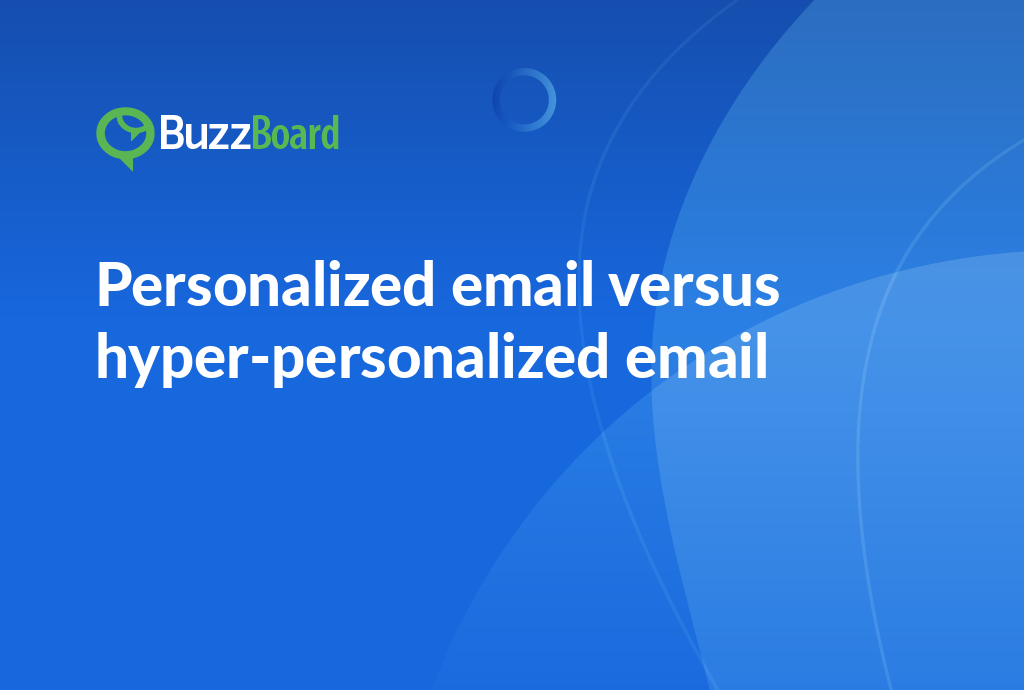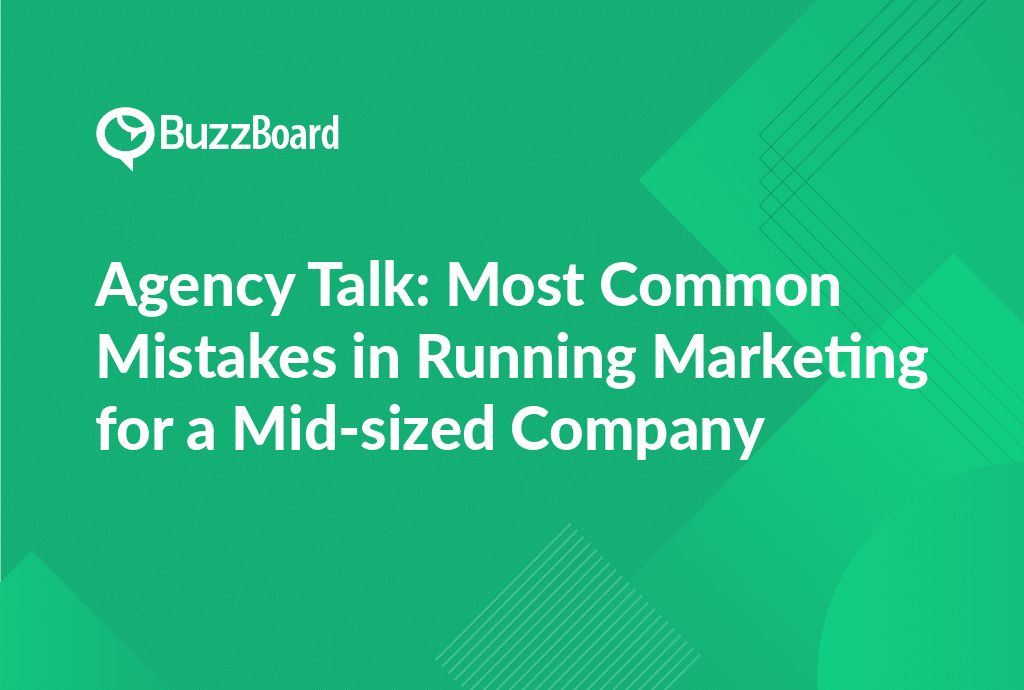Summary
As a digital marketing professional working with small business clients, it’s crucial to track the effectiveness of your outreach campaigns to ensure you’re reaching the right audience and achieving your goals. In this article, we’ll explore the importance of measuring success, common pitfalls to avoid, and actionable tips for tracking and optimizing your outreach campaigns. Learn how to set clear objectives, identify key performance indicators, and make data-driven decisions to boost your campaign’s ROI. Get ready to take your outreach strategy to the next level!
Understanding How to Track Outreach Campaign Performance for Small Businesses
The success of your outreach campaign depends on your ability to effectively track and interpret key performance indicators. For small businesses, grasping these metrics is crucial for evaluating marketing efforts and boosting their lead generation strategies.
Key lead generation metrics to track include conversion rates and engagement metrics. The conversion rate represents how many potential customers took your desired action, whether making a purchase or signing up for a newsletter. Examining this metric helps you understand how effective your call-to-action is in prompting customer responses.
Engagement metrics offer insights into how your audience interacts with your content. This could be measured in terms of shares, comments, likes, and average time spent on your webpage. These metrics can indicate which type of content resonates most with your audience and guide your content strategy.
Understanding your cost-per-lead and return on investment (ROI) is also vital for small businesses operating on tight budgets. These numbers illustrate whether your outreach campaigns are cost-effective. Higher ROI and lower cost-per-lead generally suggest a more successful campaign.
Your strategy should also incorporate A/B testing. This method involves presenting two versions of your campaign to small, separate audiences to see which performs better. This technique is an effective way of pinpointing what works and what does not in your outreach strategy.
To track outreach campaign performance for small businesses, various tools are available that provide insight into these metrics, offering a complete understanding of your campaign’s success.
However, remember that tracking is not a one-time process. You must continuously monitor and adjust your strategies based on these metrics. This will not only maintain consistent engagement but also enhance the value and ROI of your campaigns.
Stay updated with our latest posts and reach out to us for more information on tracking campaign performance for small businesses.
For further insight into effective campaign tactics, refer to our previous posts on “”How to Boost Your Conversion Rate”” and “”Increasing Engagement with Effective Content Strategy.””
The Role of Lead Generation Metrics and Conversion Rates in Campaign Success
Lead generation metrics and conversion rates are critical components of successful outreach campaigns, especially for small businesses seeking growth.
Let’s delve into lead generation metrics. These metrics are essential for sales professionals in digital marketing agencies to understand and monitor. They provide valuable insights about prospects, their characteristics, and behaviors, which in turn enables more effective targeting in campaigns. Engagement metrics, cost-per-lead, and return on investment (ROI) are just a few examples of these vital data points, each offering a unique perspective to evaluate campaign health.
Engagement metrics assess the intensity of a prospect’s interest and their likelihood of becoming a customer. Cost-per-lead tracks the costs accrued in acquiring each lead, which helps businesses manage and control marketing expenditure. ROI measurements reveal how successfully a campaign achieves its business objectives in financial terms.
Conversion rates are another key metric that illustrates the effectiveness of a campaign. A high conversion rate implies a well-targeted campaign that appeals to the right audience.
A/B testing can optimize these conversion rates. By simultaneously testing different campaign versions, your marketing team can gather data on what works best and continuously refine its strategy.
Therefore, tracking outreach campaign performance is pivotal to maximizing impact. Utilizing these valuable lead generation metrics and conversion rates can significantly contribute to campaign success.
Call to action: Enhance your outreach campaign performance by learning more about lead generation metrics and conversion rates today!
The profound comprehension and effective application of lead generation metrics and conversion rates can notably amplify your outreach campaign performance. If you’re eager to further enhance your expertise and achieve greater campaign success, we invite you to join our next webinar session.
How Engagement Metrics, Cost-Per-Lead, and ROI Contribute to an Optimized Outreach Campaign
Tracking the performance of outreach campaigns for small businesses is vital for understanding what strategies are effective and which ones are not. Three key factors to keep in mind are engagement metrics, cost-per-lead, and return on investment (ROI).
Engagement metrics, such as click-through rates, time spent on page, and social shares, assess the audience’s interaction with your marketing content. Moreover, when used in tandem with A/B testing, these metrics can offer meaningful insights into the kind of content that your audience prefers most.
The cost-per-lead provides insight into how much each prospective lead costs. This significant metric is valuable for budgeting and establishing future campaign goals. To reduce this cost, businesses often require efficient lead generation strategies.
ROI is a credible performance indicator, revealing a campaign’s profitability. It considers the total earnings of a campaign and its expenses. By identifying the profit to cost ratio, ROI offers a straightforward measurement of an outreach campaign’s effectiveness.
Comprehending these metrics can enable digital marketing agencies to fine-tune their clients’ outreach campaigns. Regularly reviewing these metrics in conjunction with consistent A/B testing can result in the continual improvement of campaigns, thereby maximizing reach and engagement while limiting cost per lead.
Recommended tools, like Google Analytics, can be employed to monitor these metrics and improve understanding of campaign performance.
Stay updated with leading industry insights on this subject by subscribing to our newsletter.
Examples of Effective A/B Testing in Small Business Outreach Campaigns
Understanding A/B testing is fundamental for salespeople working at digital marketing agencies serving small and local businesses. This method involves comparing two webpage versions to determine which performs better. Additionally, it can effectively track the performance of your outreach campaigns for your clients who own small businesses.
Consider the example of a small online retail store that utilized A/B testing for their product pages. Version A sported a sleek, minimal design, while Version B showcased detailed product benefits. After monitoring both versions closely, Version B significantly boosted their conversion rates. By sharing the product’s benefits upfront, it increased user engagement and subsequently resulted in more interaction, reducing their cost-per-lead.
Similarly, a small local restaurant applied A/B testing to their email marketing campaign. They alternated between adding personalized greetings in their emails (Version A) and using generic greetings (Version B). Interestingly, Version A yielded a higher return on investment (ROI), enhancing engagement metrics. Personalization proved to be a powerful tool in converting potential customers into loyal patrons, further reducing cost-per-lead.
These examples illustrate the importance of incorporating A/B testing into your clients’ marketing campaigns. Before launching the next strategy, why not experiment with your methods and optimize the results?
For more information on A/B testing, click here. If you need assistance with tracking campaign performance, lead generation metrics, and more for your small business clients, contact our team today.
The Challenges and Benefits of Tracking and Optimizing Small Business Outreach Campaigns
Tracking outreach campaign performance is indispensable for small businesses but it does come with inherent challenges. It is difficult to optimize lead generation metrics, conversion rates, and engagement metrics. Nonetheless, the benefits can propel your small business toward greater return on investment (ROI).
Analyzing lead generation metrics provides insight into how potential clients engage with your marketing efforts. The deeper your understanding of this engagement, the more effective your campaign becomes. But these metrics can be convoluted and overwhelming due to an array of numbers and graphs.
Similarly, it is challenging to consider conversion rates. Striking a balance between the cost-per-lead and the quality of conversions often requires detailed care. Yet, higher conversion rates typically lead to better ROI and should consequently be prioritized.
Engagement metrics present another hurdle – the issue of ‘information overload.’ Understanding what engagement truly signifies about campaign performance can be daunting, but the insights into consumer behavior, preferences, and patterns can greatly enhance outreach efforts.
A/B testing is an effective method for optimizing outreach. It facilitates the comparison of diverse strategies to understand audience preferences and optimize future campaigns. Despite being time-consuming and demanding meticulous execution, A/B testing is a reliable success strategy when executed correctly.
In summary, while tracking and optimizing small business outreach campaigns bear challenges, the benefits outweigh the difficulties immensely. By understanding your audience and crafting relatable campaigns, your small business is sure to thrive!
Check out this resource for additional information. Keep learning and share this blog post with your team, encouraging them to reach out with any inquiries. After all, knowledge fosters growth!
Please note, incorporating more external and internal links bolsters credibility and boosts SEO. Additionally, including a compelling Call To Action (CTA) at the end boosts user engagement.








